LG C4 vs Samsung S95D: Similarities & Differences
By Naila Syifa
Updated April 2024

LG C4 and Samsung S95D are among LG's and Samsung's 2024 OLED TV lineup, promising enhanced picture quality and smart features for a premium viewing experience. What are the similarities and key differences between these two OLED TVs? Which one should you consider buying? Let's compare both TVs across a few important aspects to help you decide!
Key Takeaways
Overall, the Samsung S95D is superior to the LG C4. It offers a clutter-free setup with One Connect Box that separately houses the ports, while LG C4 has ports built into the TV. S95D also has a better 4.2.2-channel speaker system compared to LG C4 with 2.2-channel. However, LG C4 supports Apple HomeKit integration, while the S95D supports SmartThings integration.


LG C4 OLED evo
Mid-Range Smart TV
✓ α9 AI Processor 4K Gen7
✓ 2.2 Channel Speaker System
✓ Compatible with Apple HomeKit
✓ webOS 24

Samsung S95D OLED TV
Premium Smart TV
✓ NQ4 AI Gen2 Processor
✓ Dolby Atmos and Object Tracking Sound+
✓ OLED Glare Free
✓ One Connect Box
#1 Price

LG C4
Samsung S95D is generally more expensive than the LG C4, and the price gap is quite significant. The 55-inch S95D is priced at US$2,600, while the 65-inch and 77-inch are priced at US$3,400 and US$4,600 respectively.
As a comparison, the LG C4 costs US$2,000 for the 55-inch model, US$2,700 for the 65-inch model, and US$3,700 for the 77-inch model. This makes quite a wide price gap of around $600-$900 between the two models.
In addition, the LG C4 is available in smaller 42-inch and 48-inch size options that the S95D doesn't offer. Smaller TVs have an even more affordable price point, making the LG C4 a more accessible option for those with budget constraints.
#2 Design

Samsung S95D
Both TVs boast a sleek and premium design with a slim profile and ultra-thin bezels, and they offer the same number of ports for connectivity to external devices, including 4 HDMI, 3 USB, 1 Antenna, and 1 RS-232C port.
The difference between the two models is that while the LG C4 has its ports built into the back of the TV, the S95D comes with a One Connect Box that separately houses the ports. You can place the box away from the TV, allowing for a cleaner cable management setup and a clutter-free look.
The absence of ports on the back of the TV also allows the Samsung S95D to have a uniformly slim profile, allowing it to sit flush against the wall like a picture frame when wall-mounted. It is more similar to the gallery design of the high-end LG G4 OLED TV, while the C4 model has a slightly chunkier lower profile because of the back panel that houses all the connectivity ports.
Read also: LG C4 vs G4 OLED TV: 6 Key Aspects
#3 Picture Quality

Samsung S95D
LG C4 and Samsung S95D OLED TVs come packed with features that deliver exceptional picture quality, such as Dolby Vision for enhanced HDR performance and Filmmaker Mode to preserve the creator's original vision.
These TVs also boast a high 120Hz refresh rate, ensuring smooth motion and reduced blur during fast-paced content. Furthermore, when connected to compatible gaming PCs, they support ultra-fast 144Hz gaming, providing an even more responsive and lag-free gaming experience.
Powered by the Alpha 9 AI Processor Gen 7, the LG C4 offers enhanced picture quality and can upscale lower-definition content to near 4K resolution, delivering a more detailed and sharper image. Furthermore, it includes Dynamic Tone Mapping Pro, which continuously adjusts the HDR performance to ensure optimal image quality on a scene-by-scene basis.

Samsung S95D
Samsung S95D, on the other hand, is equipped with the NQ4 AI Gen2 Processor, which utilizes 20 AI neural networks to upscale content and reduce noises to deliver exceptional picture quality. OLED HDR Pro provides exceptional brightness and deep contrast, while the Real Depth Enhancer improves the perception of depth for a realistic and life-like image.
The S95D also stands out from the LG C4 with its Glare-Free coating, which helps reduce glare and reflections in bright environments to ensure a clear and comfortable viewing experience.
#4 Audio Quality
Object Tracking Sound+ in Samsung S95D
Both TVs feature Dolby Atmos for an immersive 3D surround sound, but the Samsung S95D has an advantage with its 4.2.2-channel speaker system that can produce a more powerful, expansive, and richer sound compared to the more minimalistic 2.2-channel setup of the LG C4.
Samsung S95D also stands out with the Object Tracking Sound+ feature, which tracks the movement of objects on the screen and adjusts the audio accordingly for a more realistic and immersive experience. AI Voice Amplifier Pro is also present, automatically enhancing the clarity of dialogue and voices when it detects ambient noise in the room.
Similarly, LG C4 has a feature called Clear Voice Pro that enhances dialogue by optimizing vocal clarity and minimizing background music and sound effects. However, it adjusts based on the content being played instead of the ambient noise in the room like the Samsung S95D.
#5 Smart Features

webOS 24 in LG C4
Both the LG C4 and Samsung S95D come packed with a robust suite of smart TV features and capabilities.
The LG C4 runs on the latest webOS 24 platform, offering a user-friendly interface, a wide selection of popular streaming apps, and intuitive voice control via the included Magic Remote. It also allows the creation of up to 10 password-protected user profiles, so each family member can better receive personalized content recommendations.
The Samsung S95D, on the other hand, is powered by the Tizen operating system, which provides a sleek and customizable smart platform. It offers a comprehensive app store, voice control via the built-in Bixby and Amazon Alexa, and compatibility with Samsung's SmartThings ecosystem for whole-home automation.

Home Hub in LG C4
These OLED TVs can double as smart home hubs, allowing you to manage compatible smart home devices from a single interface. They both also support Matter, so you can seamlessly control and integrate a wide range of smart home products.
While the LG C4 is compatible with Apple HomeKit, the S95D is not. Integrating the C4 with Apple HomeKit means you can control the TV and set automated routines using Siri and the Apple Home app. If you're heavily invested in the Apple ecosystem, the LG C4 may be the better choice for seamless integration.
LG C4 vs Samsung S95D
Final Thoughts

Samsung S95D
The LG C4 and Samsung S95D both offer impressive features and capabilities, but the choice between the two ultimately comes down to your specific needs and preferences.
If you value a premium design and clutter-free setup with the One Connect Box, more immersive audio, and a glare-free viewing experience, the Samsung S95D may be the better option. With features like built-in Bixby and SmartThings integration, the S95D is also more suitable for users who are deeply invested in the Samsung smart home ecosystem.
The LG C4, on the other hand, offers a more affordable price point with smaller size options and provides seamless integration with Apple HomeKit for those in the Apple ecosystem. The webOS 24's support for up to 10 user profiles also makes it a compelling choice for bigger families.
If you like to read more about Smart TVs, check out our other relevant guides here:
Samsung S90D vs S95D
Samsung S90D vs S90C
Samsung S90D vs LG G4
LG C4 vs Samsung S90D
LG C4 vs Samsung S90C
LG C4 vs LG G3
LG C4 vs Sony A95L
Don't miss out on tech
Subscribe to our newsletter to stay up to date on the latest tech trends and guides on the best gadgets around.



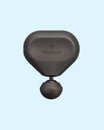

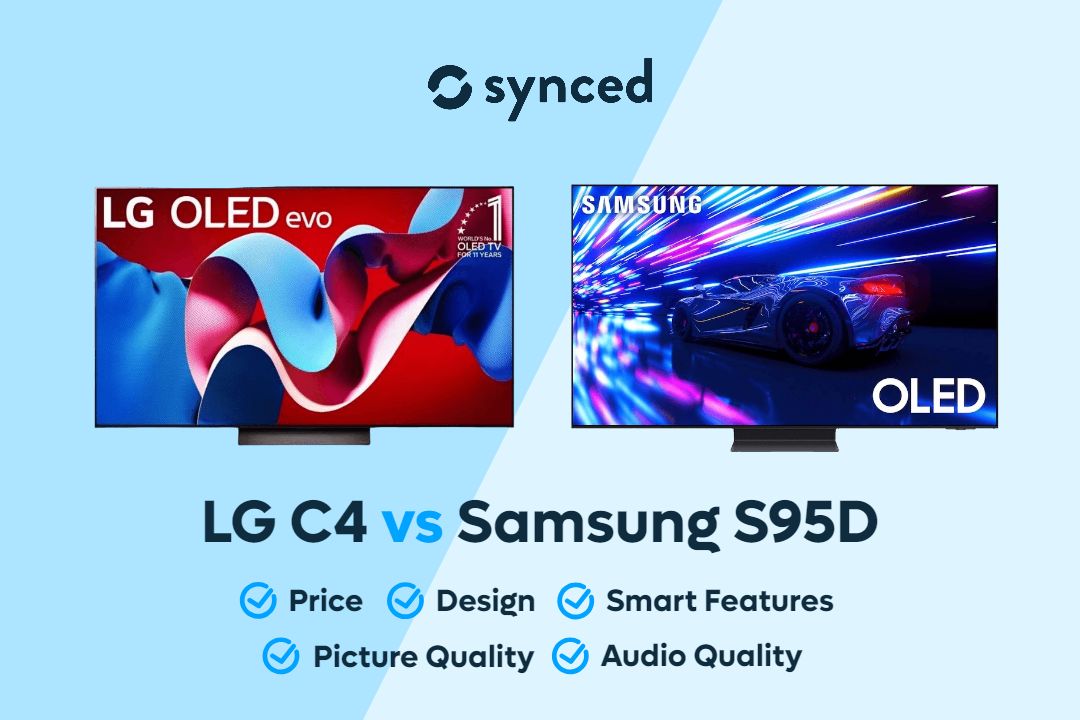
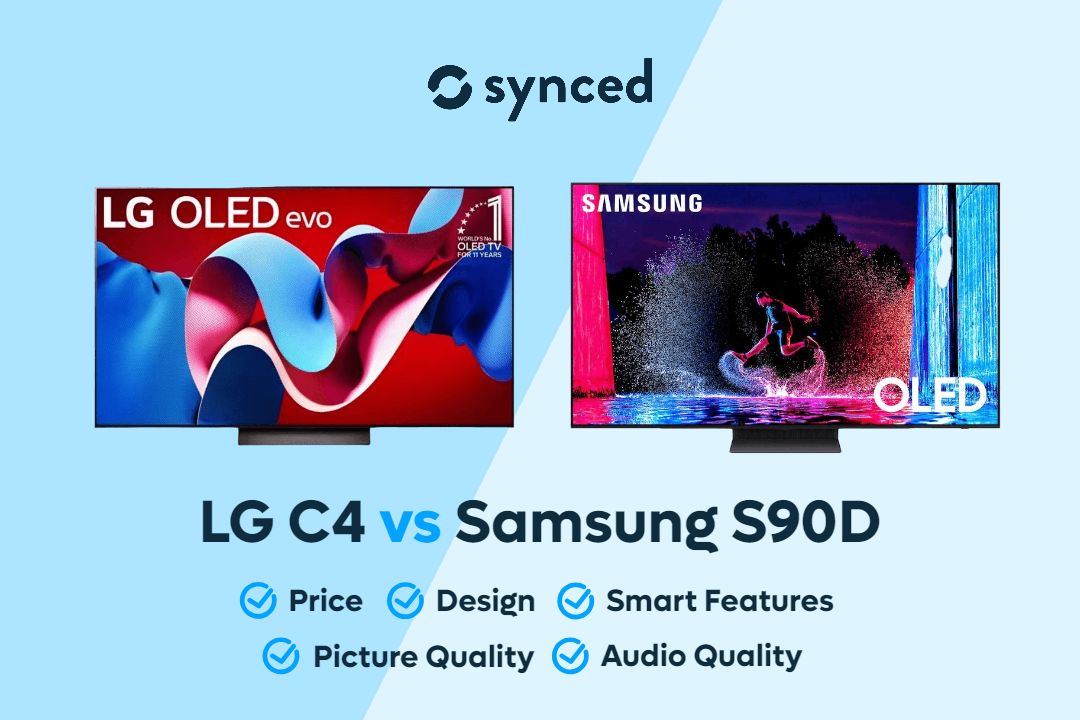
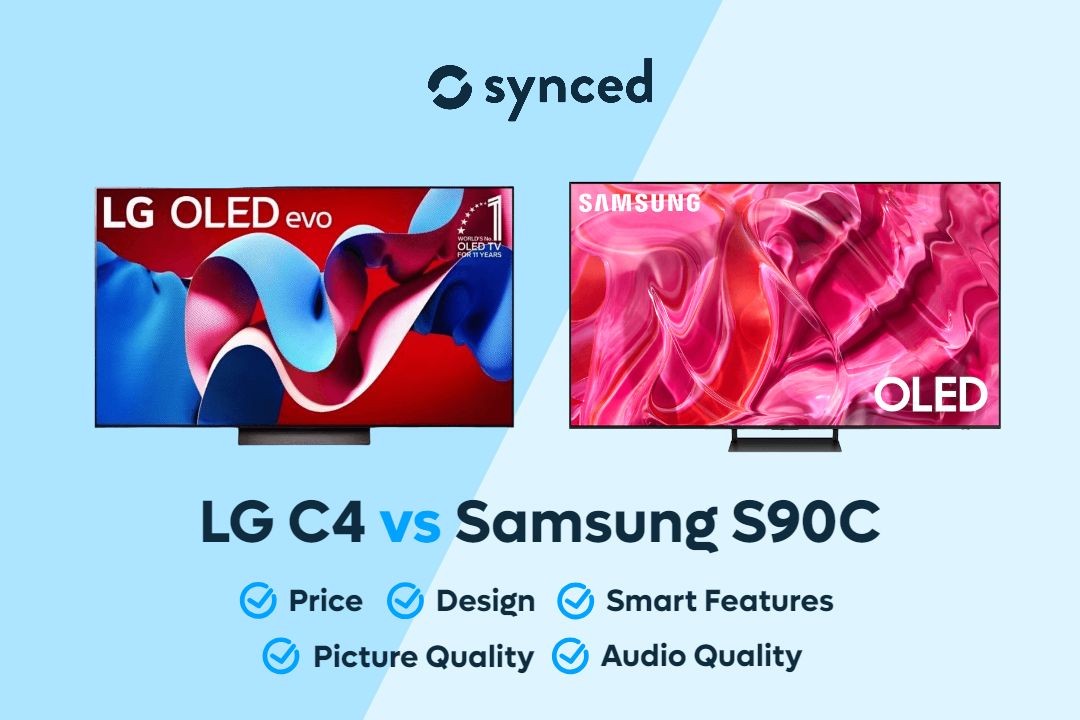
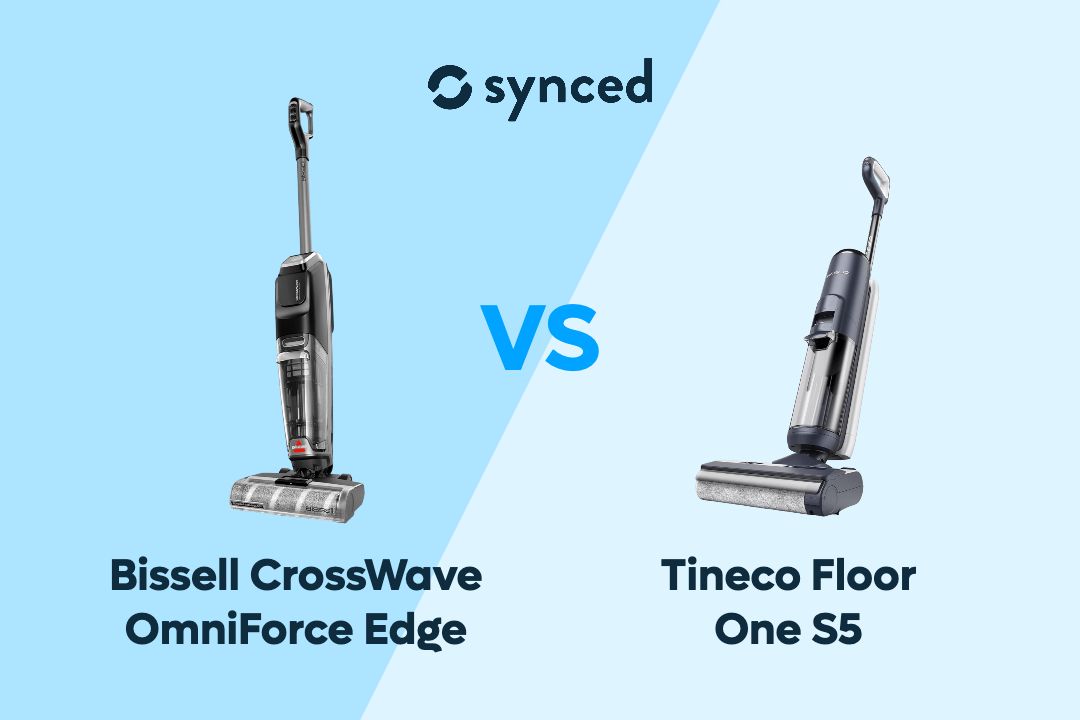
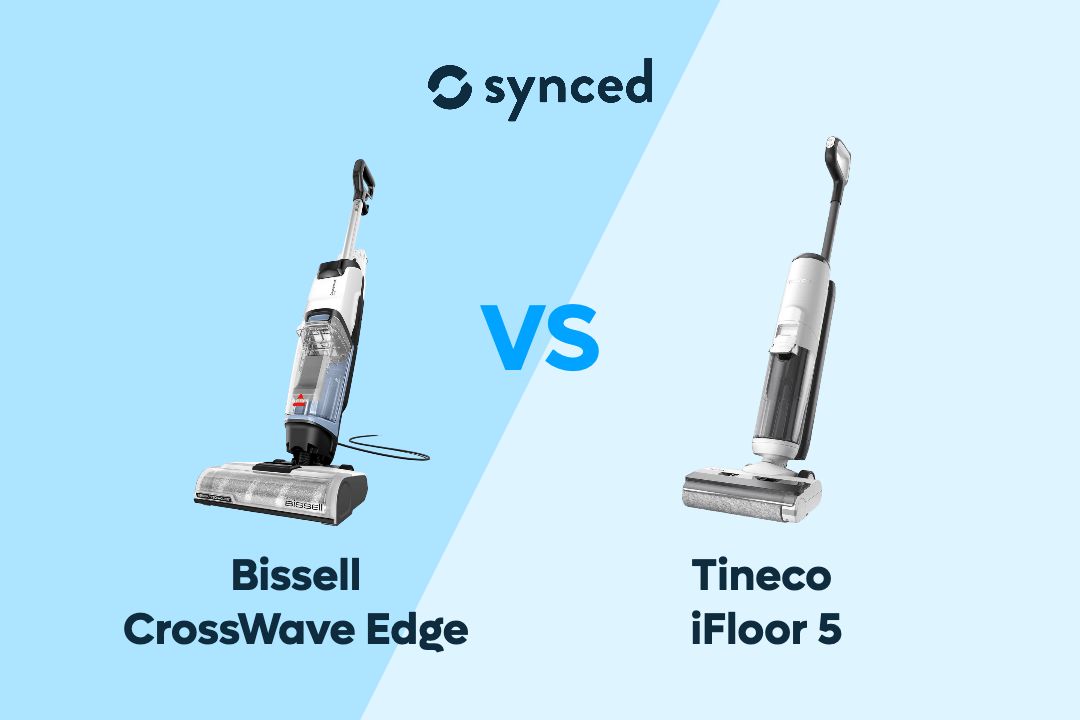
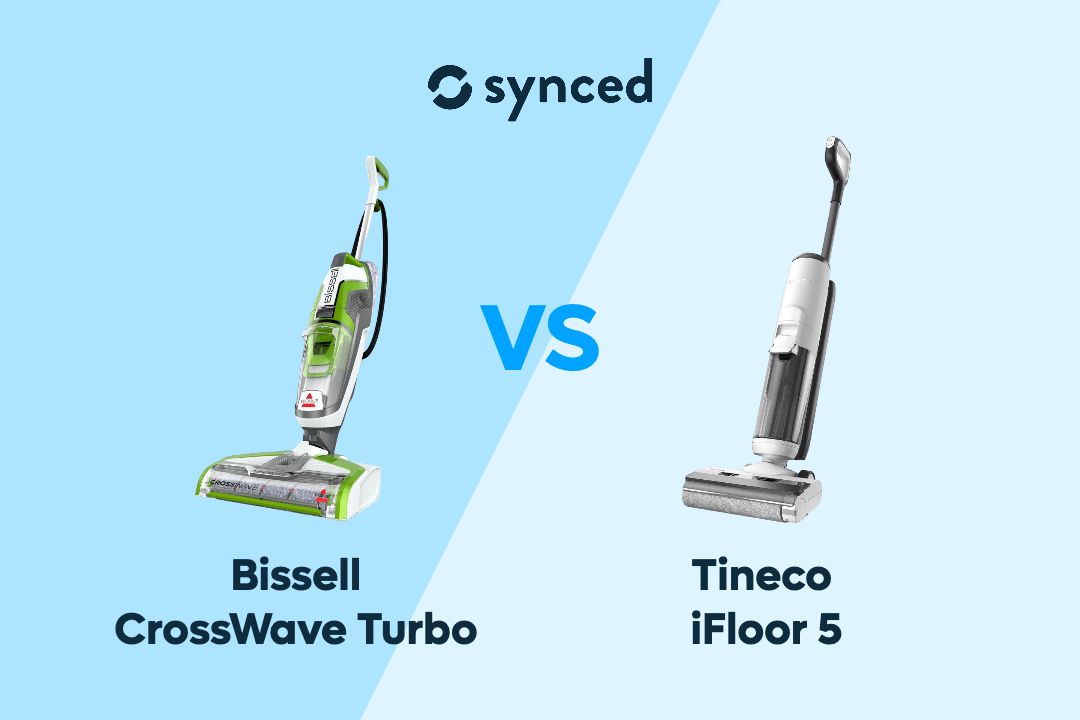
Leave a comment
This site is protected by hCaptcha and the hCaptcha Privacy Policy and Terms of Service apply.